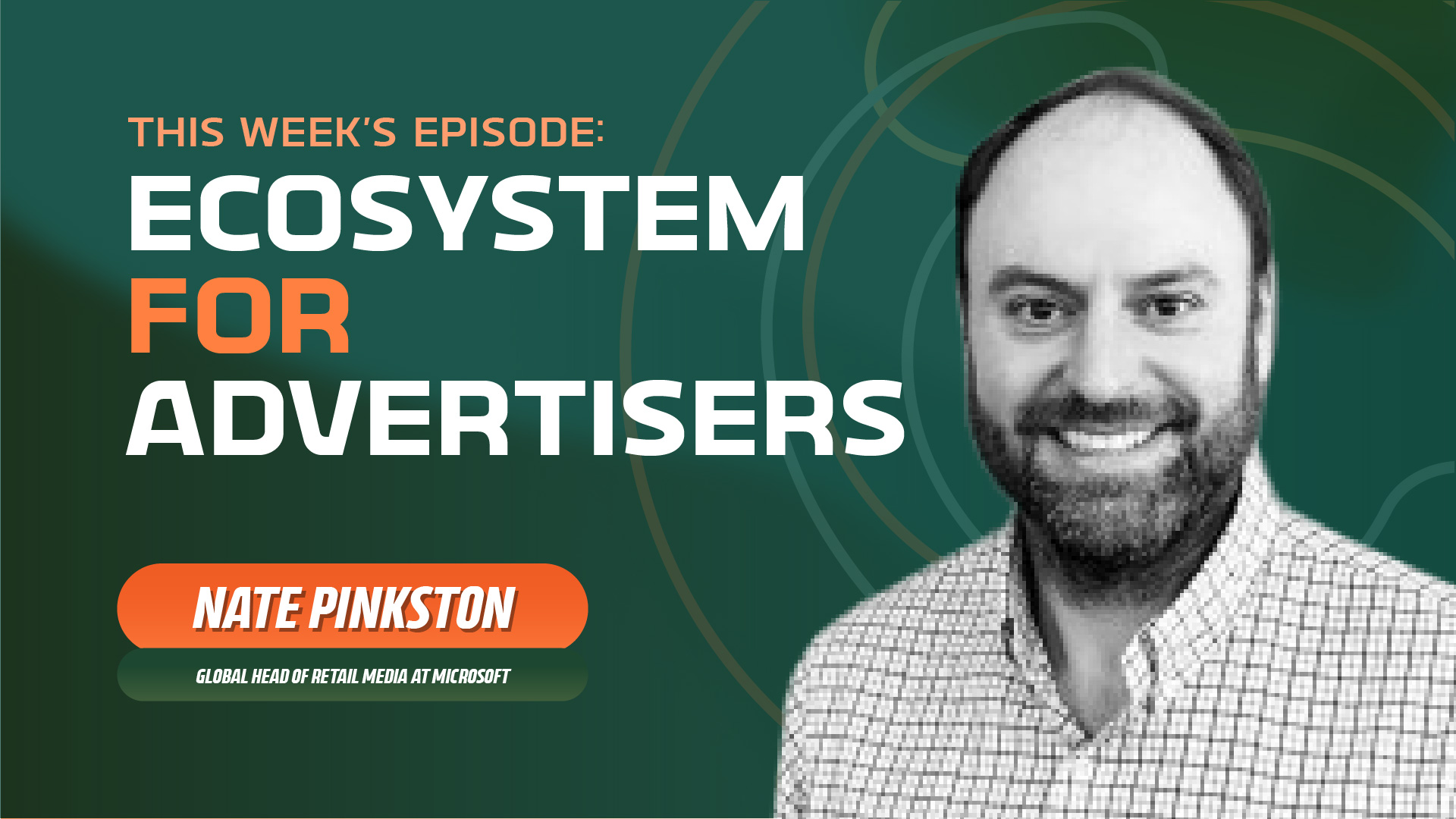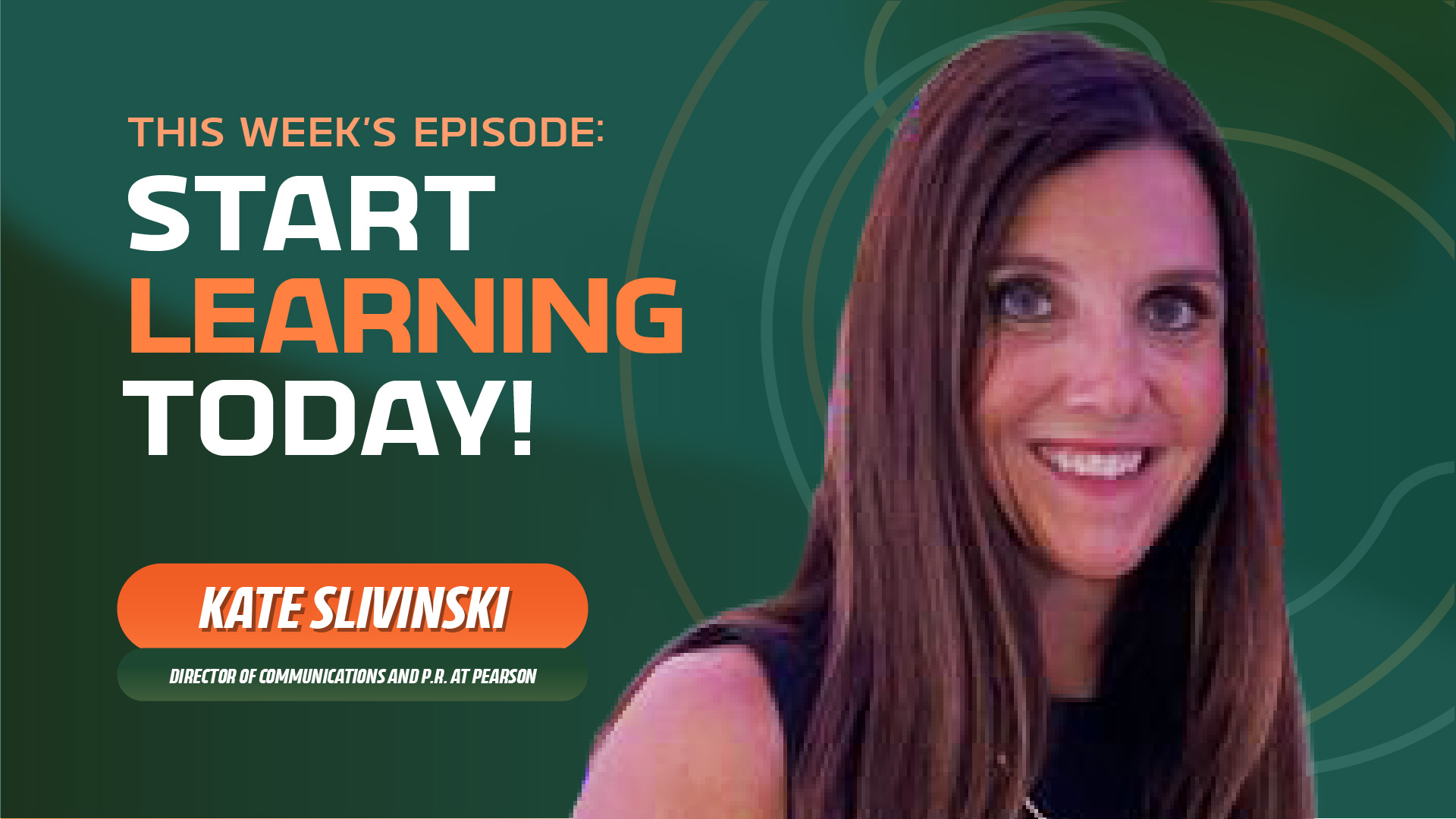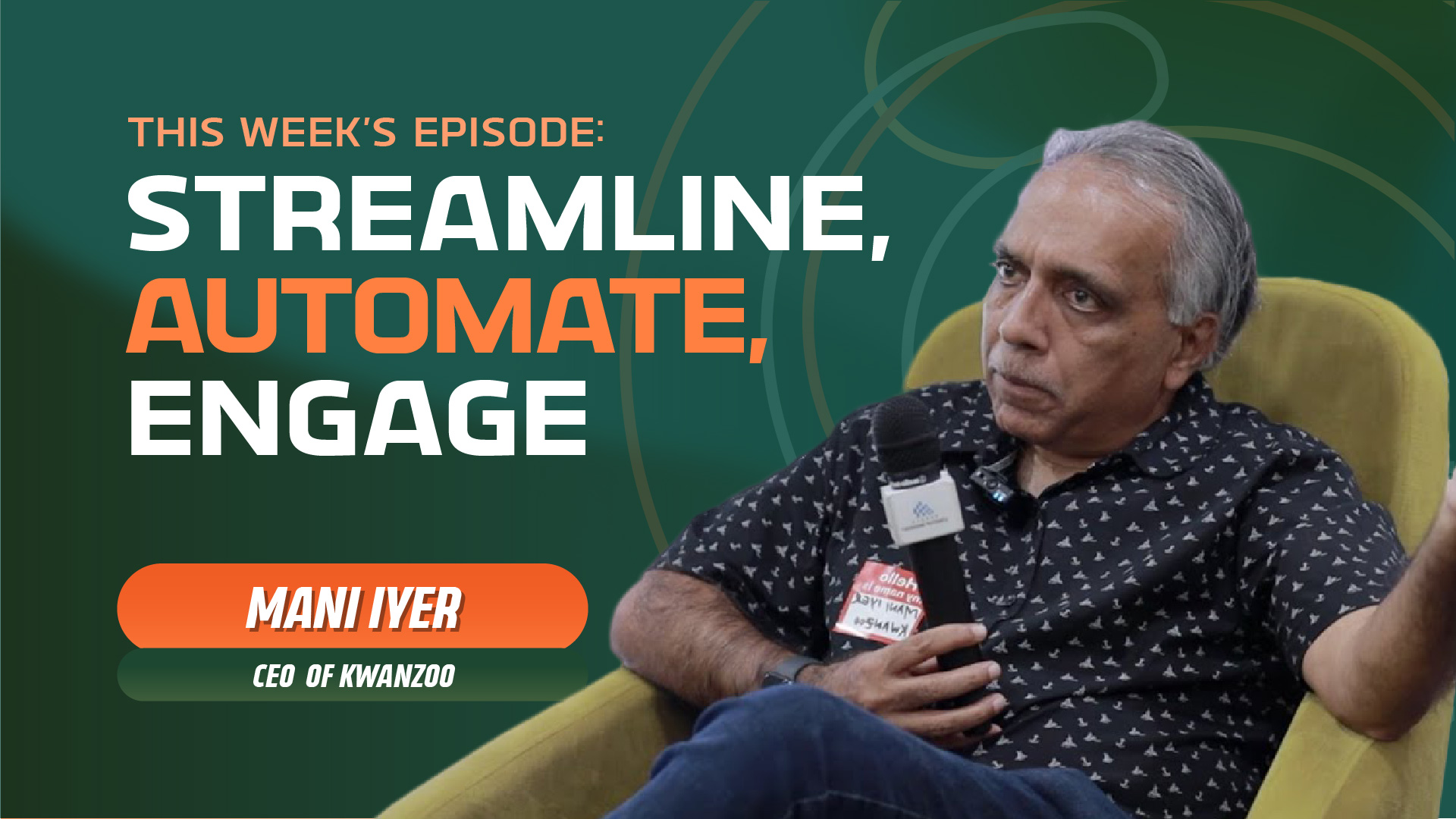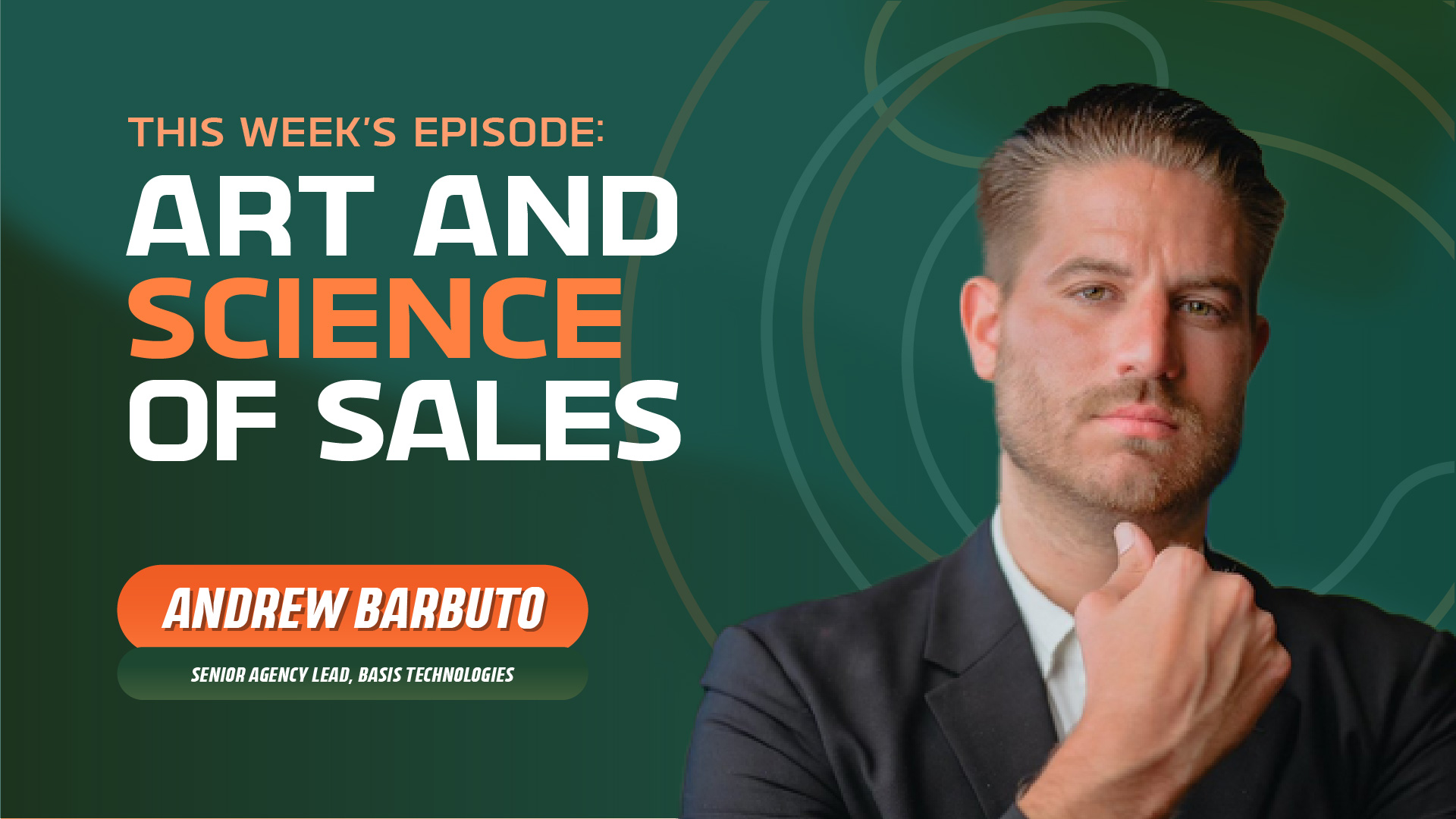Best of Season 3 - Groundtruth, Clearbit, and G2
- 0.5
- 1
- 1.25
- 1.5
- 1.75
- 2
Speaker 1: Maybe big data has gotten too big. Whether you're a B2B marketer or a consumer brand, your data needs to be viable, relevant, and accessible so that Stirista can help you retain customers, acquire customers, and make it personal.
Vin: Welcome to the Marketing Stir podcast by Stirista, probably the most entertaining marketing podcast you're going to put in your gear. I'm Vin, the producer here at Stirista. The goal of this podcast is to chat with industry leaders and get their take on the current challenges of the market, and we'll have a little fun along the way. In today's episode, we take a look back on season three thus far with some of our favorite guests, including Rosie O'Meara, the Chief Revenue Officer at GroundTruth. Kevin Tate, the CMO of Clearbit and Palmer Houchens, the head of marketing at G2. Give it a listen.
Rosie O'Meara: I think to start with, we talk about in- store and visitation data. By the way, my favorite topic, you're going to have to cut me off at some point. I think it starts with the shopping behavior itself. For GroundTruth, our bread and butter has been advertisers that are trying to drive people to a place, a store, a restaurant, a location. That's a broad definition when you really look at it, and our categories run across the board, but it's about behavior in the physical world. I think it starts with understanding shopping behavior. So the smartest brands that we work with are trying to figure out the intersection between an online shopper and an offline shopper. And most customers are both. Most people are both at different times for different reasons. So over half of shoppers have visited a store and then bought online, and it's even higher percent percentage that research online and then buy in store. You're thinking about your own shopping behavior, hopefully as I'm saying that, and it makes sense. So it's about understanding both. And for brands, it's about catering to both. So the factors that bring people through the door are they want to avoid shipping costs, there's in- store discounts. There's in- store experiences. There are some sort of higher ticket items where you just want to interact with the products before you commit to a decision, and it's about how to get people in store if that's a valuable customer to you. So it's catering to them at different times for different products and services. A simple smart idea that I've seen a lot of retailers do is you can return items in store that you bought online. So simple but smart. I want to return this and now it's easier for me to go to the store than to package it up and go to UPS. And that's another interaction for that retailer because they got someone in store for that and now they're probably going to buy something else while they're there. When it comes to building the best audiences, because we're media, that's what we do, we activate media. Using real world behavior based on where people actually go is way more accurate and meaningful than audiences that are built on search behavior or social behavior. Vincent, you and I talked about this at length, those online data points are just more passive and fluid and fickle. And so we believe the effort it takes you to drive or walk to a store or a restaurant is just so much more compelling than the effort to something on social or check out a website. It really just doesn't compare. So the places you go in the real world is who you really are and represents the markets you're really in.
Kevin Tate: I think, And I think there's a couple of trends that suggest that's going to keep going. I think one is, and you know, could pick your B2B buyer journey has changed backdrop, but the reality is for the way the technology has changed, access to technology has changed, the tools have changed, customers can get a lot of what they technically need. I think whether it's in the buying process or even the support process, they can do it a lot themselves. At least they should be able to if that's how companies are setting up. So the role of the salesperson and then the customer success person isn't like, I'm a human modem, getting you access to the information you need, you can probably get it. Their role has become more and more like, no, you want to work with me. I understand what you're trying to do, and I'm actually adding value because I can help translate that into what I know about our products. And if that's not the case, then you see that very quickly. It's like you're just in the way, let me just use the help section. And so I think it's changed to me back to that coming from the solution engineering side of things. I like to think every salesperson and every customer success person is really a solution engineer in a way. That's probably one of the most valuable things they're doing. And to put that in the Clearbit perspective, there are so many things that companies can and do, use our data and use our platform and APIs for, which is great, but also can be challenging because every company might be plugging into a little bit different stack and they might be using our enrichment data, our reveal data in a different way, or they might have a different way of using our audiences to automate their go- to market. So we have to really understand what the context is and how they're using it and how we can help them use it. And so that solutioning part has become a much bigger part of the way our customer success team thinks about the way they work with customers. Then you got to have that context or you're not necessarily adding value.
Palmer Houchens: And so I'd say we have two advantages. The first one on that kind of review site side is just our scale and reach. We've got 80 million software buyers visiting g2. com each year, and that's just huge reach and it's global. And that gives us an advantage that we can really build on. We've got tremendous organic traffic in SEO because of that, and that helps us in demonstrating value to potential customers as well. So that's sort of the review side. The other side of the coin that I'd say we compete with is sort of the traditional research analyst firms and that that's sort of there. They've got, they've been around for a while and it's a very top- down. You've got to get this access to this analyst who's going to then go into their ivory tower and figure out what the best solution is here. We think that we've got this bottoms up approach that really gives you perspective on all these different software solutions from a customer's vantage point, from the actual folks who are using it. And so that to me helps us stand out when folks are comparing us against a research analyst firm, or trying to figure out what's our value. And listen, it's not an either or scenario for us, but I do think you've got to be looking at sort of peer or customer voice. It's how folks are buying these days. They're not just going to select the first thing that they see. They're going to go, they're going to do their research. And we think that G2 plays a big part in that process. Like G2 was pretty early on. There were sites like TripAdvisor or Yelp around when G2 was started, but no one was thinking about this from a software perspective. And frankly, that was sort of the genesis. Our co- founders had worked at a previous company together and after they sold that, they were sort of figuring out what their next move was going to be. And part of the origin story is they were sitting there realizing, " Hey, I could go online and read a thousand reviews about$ 100 a night hotel room, but if I want to get more information on a piece of software that's going to cost me$100, 000, I've just got to go to a sales rep or to a research analyst. These things that feel very kind of far away or frankly just aren't what I want right now." And so that's sort of where the idea of G2 was born. And I think frankly, that's just such a great sort of product market fit there that it's helped us grow over time. Once you attract those software buyers, get them to the site, start adding reviews, creating that community and that feedback, it's not hard after that to then go get the software vendors to come and say, " Hey, we've got this great community of folks. We think it's another way that you can engage and reach potential customers."
Vin: Thanks for listening to the Marketing Stir podcast by Stirista. Please like rate and subscribe. If you're interested in being a guest on the podcast, please email us at the marketingstir@ stirista. com and thanks for listening.
DESCRIPTION
Take a look back on season 3 thus far with some of our favorite guests including Rosie O'Meara, the Chief Revenue Officer at Groundtruth, Kevin Tate, CMO of Clearbit, Palmer Houchins, Head of Marketing at G2









